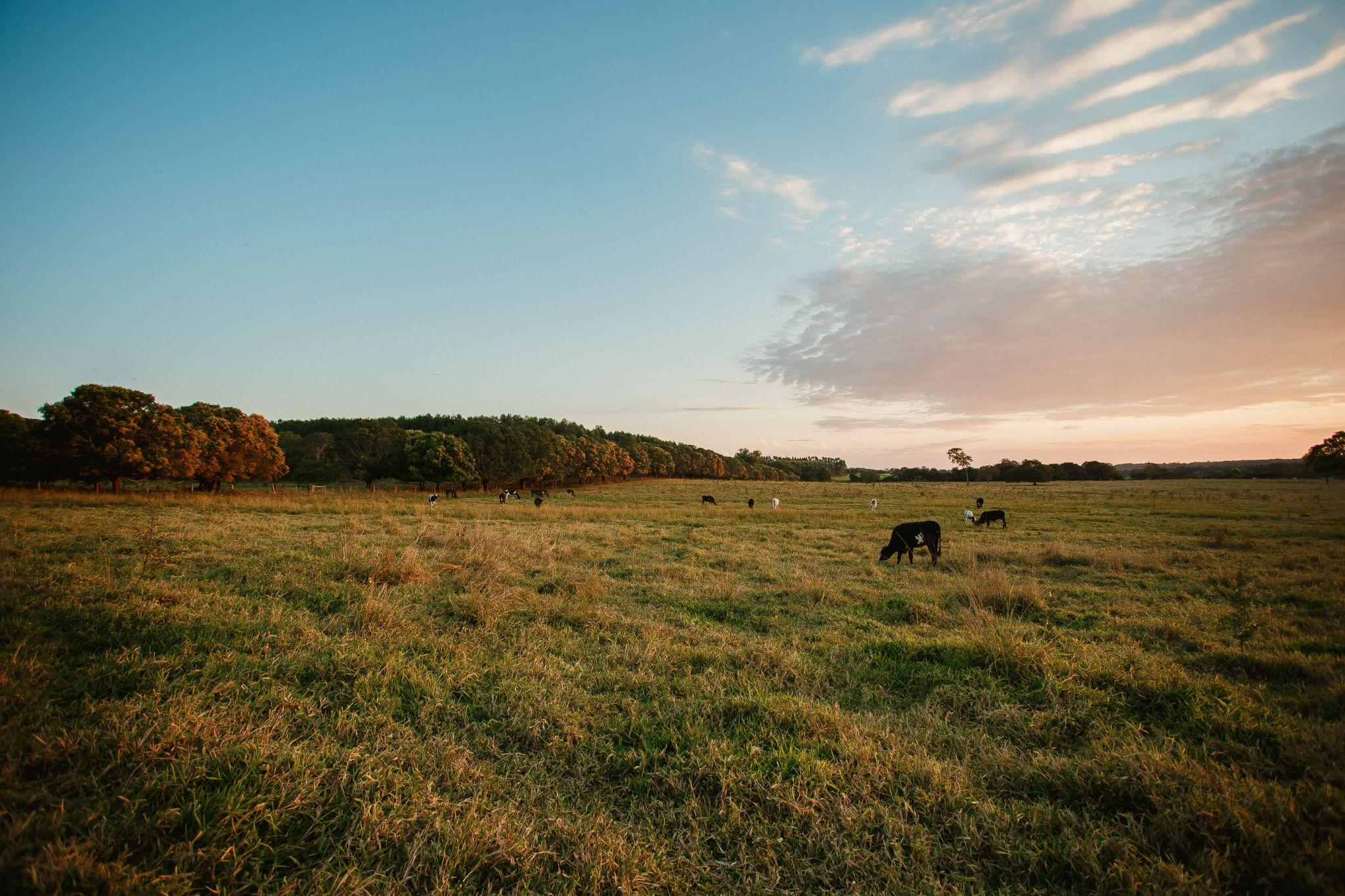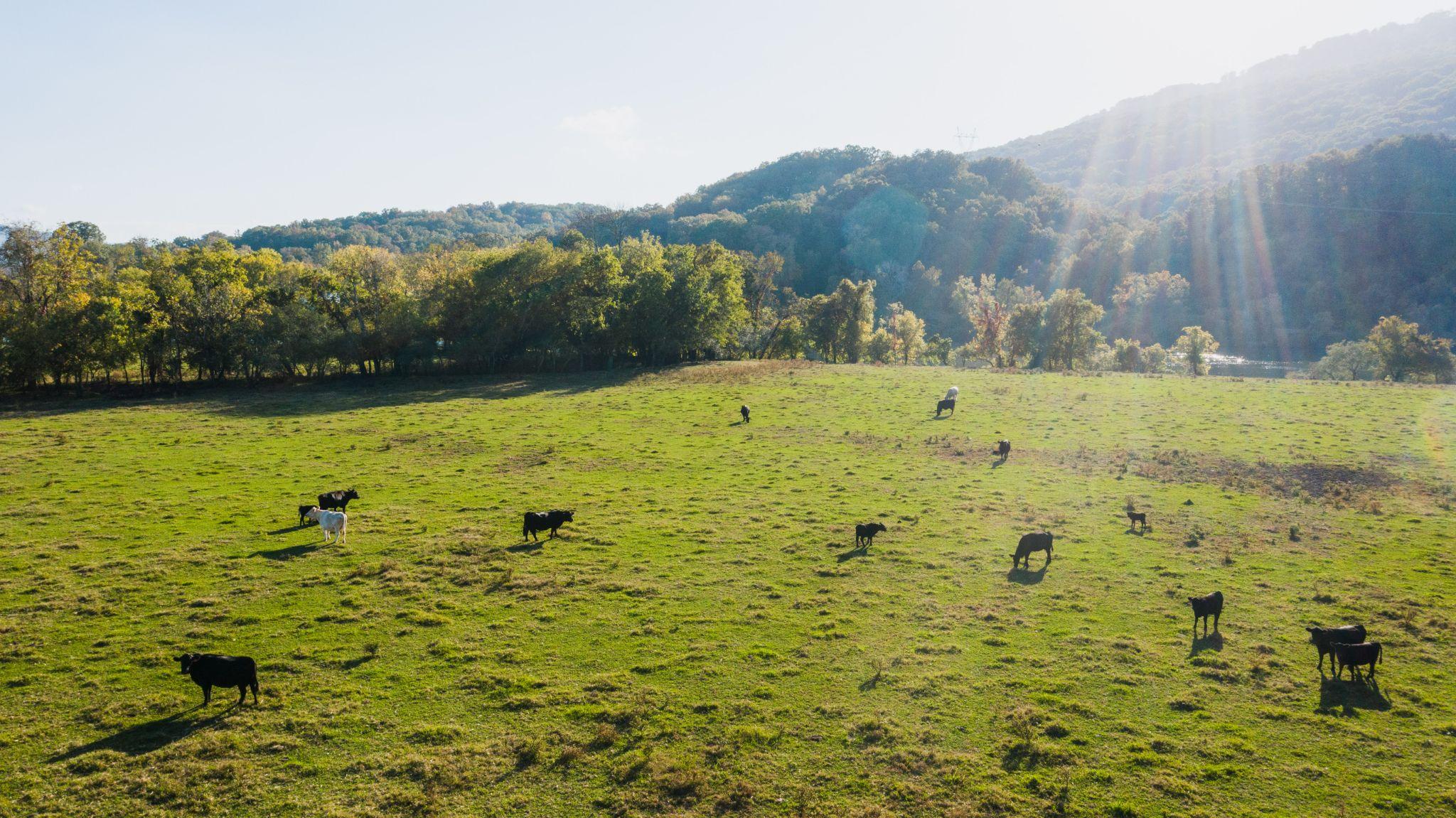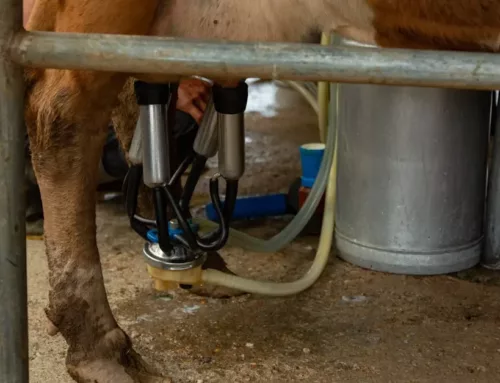Using Livestock Data System to Make Better Decisions on Ranch Management

Ranch management is increasingly gaining importance in assessing rangeland beef production. In terms of operational scale, environmental context, goals, management approaches, and practices, it is a difficult task. A ranch management plan aids in setting goals and objectives and putting practices into place to help them be attained.
In times of increased climate and market volatility, having a clear and sustainable ranch management plan with the help of livestock data systems will help ranchers better plan, manage, monitor, and adapt—leading to increased ranch profitability, rangeland health, and ranchers’ improved quality of life and well-being.
Using data-driven decision support systems that are based on both real-time data and expert knowledge is necessary due to the complexity of the decision-making processes in the livestock industry. This enables ranchers to take actions that will improve animal health and product yield. These decision support systems frequently make use of modeling and simulation software, machine learning, statistical analysis, and these other tools.
Let us explore how livestock data systems can help in ranch management.
Utilizing Data Systems for Improved Ranch Management
A rancher who is successful is able to recognize the various factors that influence ranch operations and foresee changes that will promote success.
To achieve the best ranch management, a producer must comprehend the connections between all ranch resources, activities, and outside influences; foresee the effects of each decision; successfully implement and control all activities; and make the necessary adjustments. Unless the ranch has created a logical and useful method for evaluating plans, analyzing data, and directing daily operations, it is impossible to complete the task.
Many producers need to figure out what data to collect, and even if they manage to collect data, analyzing or interpreting it to make informed decisions can be challenging.
Here are a few critical areas where data can be collected for better ranch management decisions.
Land Health
Land health is one of the first things you need to monitor, as it may affect multiple aspects of the ranch. To preserve the health of the soil, it is important to closely monitor the carbon content or the presence of organic matter.
You’ll have a better understanding of the effects of your grazing regime on the plant community if you periodically evaluate the species composition of the vegetation, such as the proportion of forbs, grasses, and shrubs. A more diverse plant community will provide more balanced nutrition for livestock, improving performance.
Pasture Performance
Tracking pasture performance is critical to ranchers as it gives them insights into data like pasture health index, nutrient index, moisture index, time series evaluations, water stress index, and so on, allowing managers to predict the rate of conversion to beef for each acre of grass. You can monitor utilization and increase production per acre with a reliable data system, all while keeping an eye on trends in important indicators of land performance. So collecting data like pasture yield, animal production (beef produced), and pasture utilization will be instrumental.
Feed Information

Feed inventory, the feeding process for the cattle—how much feed is given, what those rations are, and animal health protocols that can help calculate the cost of gain—are some of the important aspects to track to ensure overall profitability. The objective is to maximize output while maintaining sustainability by matching the stocking rate to forage production.
An effective stocking rate management strategy can be created with the help of a data system. This strategy should include grazing livestock numbers that are matched to forage production as well as managing and adapting livestock numbers as forage production changes over time.
Drought Management
The success of ranch management as a whole depends on the management of the pastures during droughts. Managers can determine the stocking rate and the levels that can be exceeded in the event of a drought or other challenging conditions by analyzing the carrying capacity of the pasture and the rainfall received. So based on the rainfall and forage conditions, the manager can destock immediately if required and save on buying tons of hay later to keep the stock alive.
It also helps make better decisions on managing yearlings and grazing cattle during drought and makes pastures return to full action faster.
Genetics and Breeding
Data systems can help track animal parentage using performance traits and DNA information which can impact its worth. It improves reproductive selection within herds to achieve higher quality and healthier livestock. It provides information on pregnancy and weaning rates, which are essential measures of management performance and a significant determinant of total unit cost and return on investment (ROI) in any breeding operation.
Decision Making through Modelling and Simulation
There is an overall decline in cattle inventory year on year and an increase in demand for the animal products which reduces the available time for livestock ranchers to monitor all of their animals in a reliable way. It is done by continuously collecting real-time data using a technology that is sustainable and less invasive on the cattle. The collected data is integrated and stored into a system where it is used to further analyze which provides insights into the current situation of the farm.
Various statistical and machine-learning techniques are used to detect relevant events and inform the stakeholders. Ranch managers can make better decisions with the help of modeling and simulation because it also provides insights into their management practices. It enhances both management of daily tasks and the supervision of their herd. Additionally, It helps in other aspects such as reducing energy consumption and greenhouse gas emissions, and helps maximize profits.
Advanced mathematical and statistical modeling techniques, machine learning, and data mining are used to model complex dynamic processes in livestock production and ranch management.
It formalizes the real world into a computer-understandable environment and then imitates the real world’s processes and operations. Traditionally, simulation modeling relied on expert knowledge to create dynamic models that are then used in the simulation process. Recent approaches extract models and parameters required for simulation from observational datasets or real-time data.
Managing large numbers of livestock in an environmentally friendly manner while meeting production demands has contributed to a shift from traditional to information and communication technology-driven (ICT-driven) farming. You can also implement data-driven ranch management systems on your farm with the help of AgBoost. We can help you manage your herd and convert them into profitable dollars with the power of data! Our easy-to-use livestock data systems can help you take better business decisions and achieve your goal. Schedule a demo to learn moo-re!


